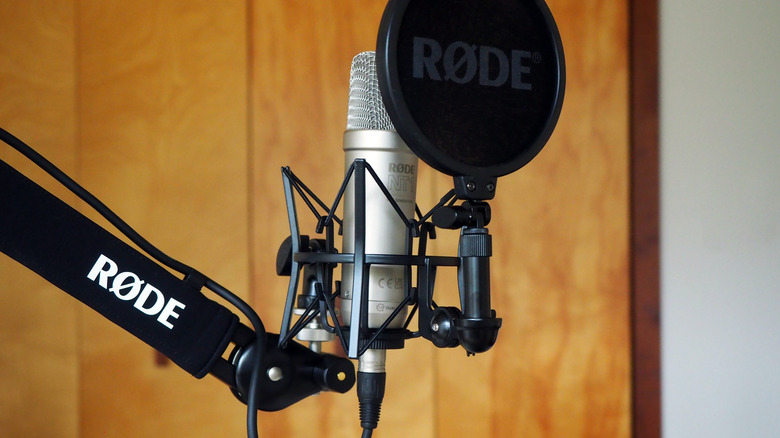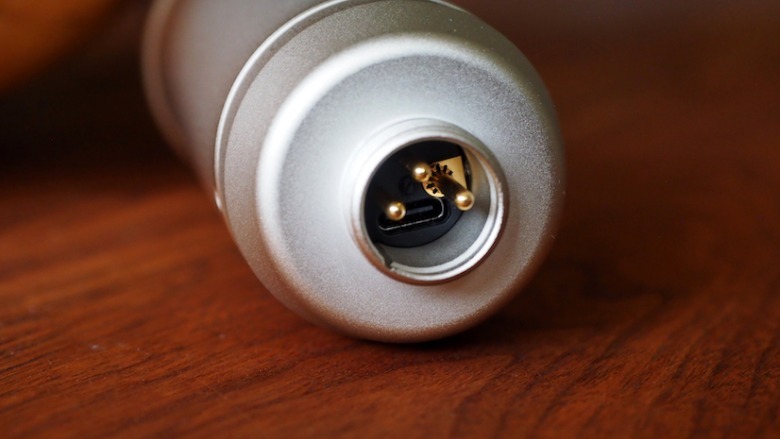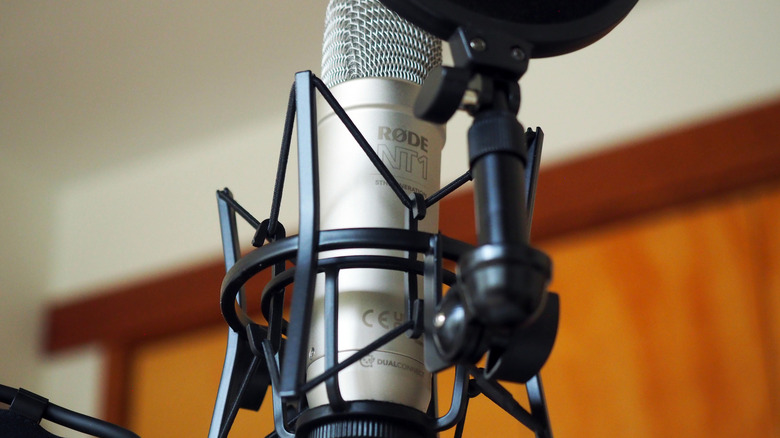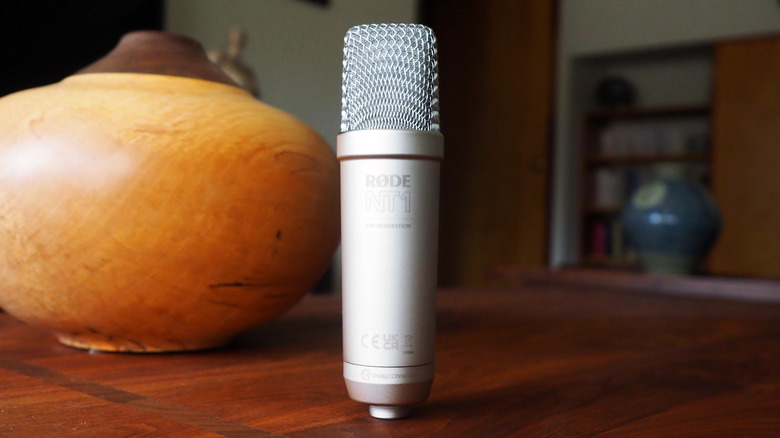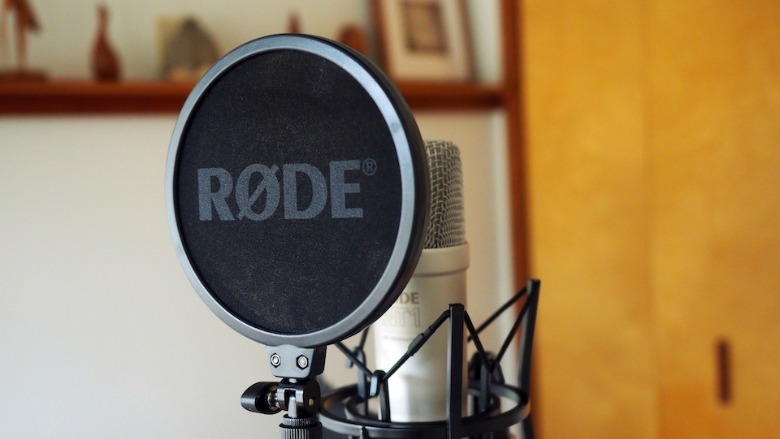Rode NT1 5th-Generation Microphone Pairs USB-C And XLR With No-Clipping Promise
Studios, podcasters, and streamers aren't short on options for affordable microphones these days, but Rode's latest still manages to stand out with its connectivity, flexibility, and some extra on-board smarts. The Rode NT1 5th Generation is, as the name suggests, the fifth iteration of the microphone — the original having been launched over three decades ago. Since then, microphone tech has moved on considerably, and so have users' expectations.
The result of Rode's upgrade may not look entirely different at first glance, but the aluminum studio condenser mic does have some tricks up its sleeve. Most obvious is the addition of a second connector: Peer into the XLR jack on the bottom, and you'll also find a USB-C port snuggled in there, too.
It's a system Rode is calling "Dual Connect," and it means the NT1 5th Generation can plug as easily into an audio interface, mixer, or other system — like the company's own RODECaster Pro II — as it can directly to a PC or Mac. Thanks to an audio interface inside the microphone itself, a single USB-C cable makes it just as useful as an audio tool on the go with a laptop.
A good reason to go USB-C
Inside is Rode's Revolution Preamp, along with an analog-to-digital converter supporting up to 192 kHz. As we've seen from other recent Rode microphones, like November's NT-USB+, there's also APHEX audio processing running on the onboard DSP. With the Rode Central and Rode Connect apps, it means a native compressor, noise gate, two-step high-pass filter, and Rode's Aural Exciter and Big Bottom effects, though you'll need to be making use of the USB-C connection in order to access them all.
For speed of tweaking, there's Rode's VoxLab editor: offering up a trio of controls, for Depth, Sparkle, and Punch. Alternatively, those with more granular changes in mind can adjust a broader range of settings within the advanced editor. Up to eight NT1 5th Generation microphones can be plugged in via USB-C simultaneously, with support for both Windows and macOS.
As for the capsule, that's the 1-inch HF6, which Rode introduced back in the NT1 4th Generation. It has a tight cardioid polar pattern, with 4dBa of self-noise, a 20Hz-20kHz frequency range, and is billed as being as capable with vocals as it is with instruments.
The 'unclippable' microphone
The new microphone's other party trick is 32-bit float digital output, and it's that which allows Rode to claim the NT1 5th Generation is "unclippable" in use. Audio clipping happens when what you're recording is too loud for your settings, and usually it would mean re-recording it again.
Set up correctly in your DAW (digital audio workstation) of choice, though, and audio recorded with the NT1 5th Generation can be re-normalized. That way, if it's too loud and clips, you can bring the levels down to avoid losing "clipped" parts of the waveform. Alternatively, tracks that are too quiet on review can be re-normalized to increase their gain.
It'll work at up to the maximum SPL of the microphone itself — which is 142 dB — and, as a relative audio novice who has found his otherwise-perfect take was wasted because he didn't get the settings right to begin with, seems close to being magic.
The Rode NT1 5th Generation is up for preorder now at $259; available in black and silver, and is bundled with a shock mount, pop filter, and both XLR and USB cables.
